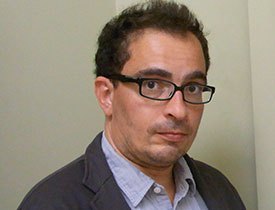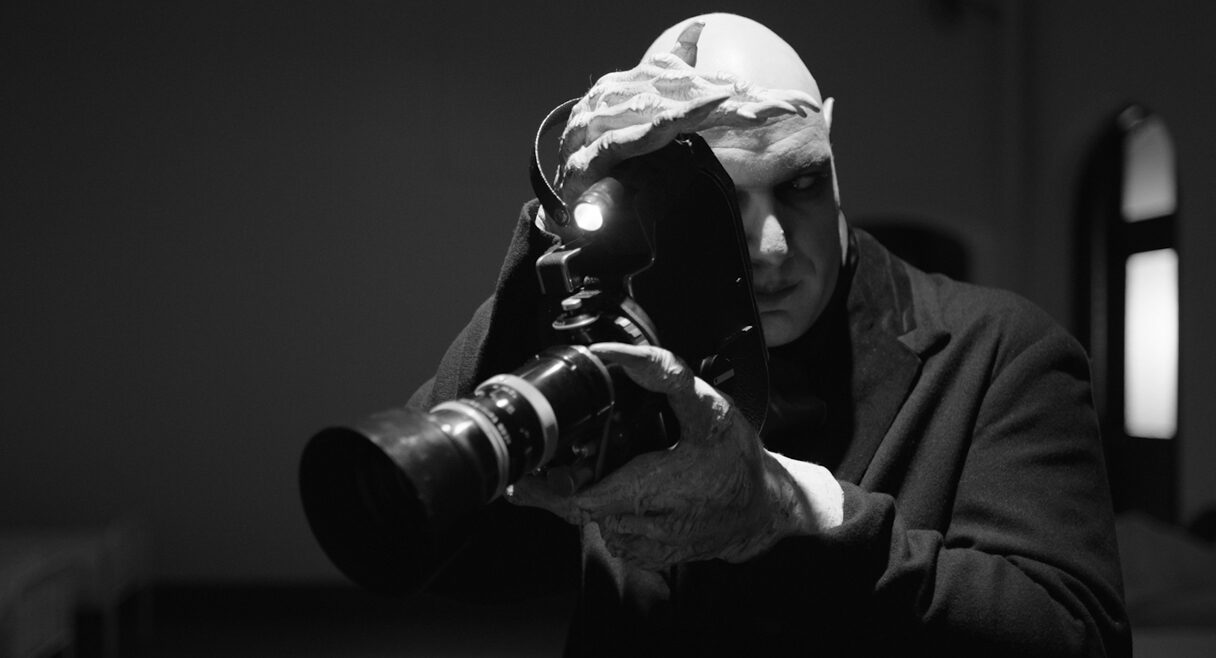FREE EVENT
Monday – Saturday: 10am – 5pm
VENUE: UNSW GALLERIES, COURTYARD GALLERY
A film installation by Javier Téllez (Venezuela), inspired by FW Murnau’s silent horror masterpiece and developed in collaboration with people living with mental illness in order to challenge stereotypes of representation.
Venezuelan-born artist, Javier Téllez’s film projects involve close collaborative ventures with disenfranchised communities, such as psychiatric patients or people with disabilities, allowing them to participate in the creative process in order to produce a dignified and non-stereotyped image of themselves. Combining different approaches to filmmaking, Téllez opens a dialogue that provides a fresh interpretation of classical myths, private and collective memories, and historical references.
Here Téllez focuses on cinema and representations of mental illness, inspired by Nosferatu, eine Symphonie des Grauens, the expressionist silent classic directed by FW Murnau in 1922. Téllez made the work in collaboration with people living with mental illness after a series of workshops that he conducted on the subjects of vampirism and the representation of psychiatric institutions in film.
Combining black-and-white 16mm and colour digital film, NOSFERATU (The Undead) was shot at the Eastman Kodak factory, the Dryden Theatre of the George Eastman Museum, and at the Main Street Armory, all in Rochester, New York.
Javier Téllez

Using film, video, and installation, Javier Téllez questions definitions of normality and pathology. Tellez’s 2005 video One Flew over the Void (Bala perdida) documents a parade organized by the artist in Las Playas, a town on the border of Tijuana and San Diego, which featured ordinary citizens and patients from a local psychiatric hospital (the last disguised behind animal masks and wielding signs protesting various injustices). The action ends with a human cannonball being shot over the border into the United States, underscoring the hardships faced by the millions of Mexican and Central American workers who cross the border illegally every year in search of a better life.

